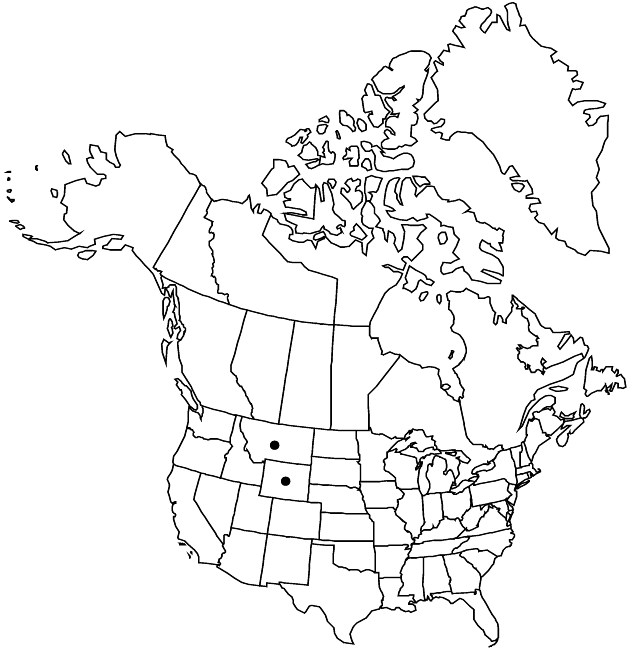Difference between revisions of "Townsendia spathulata"
Trans. Amer. Philos. Soc., n. s. 7: 305. 1840.
FNA>Volume Importer |
imported>Volume Importer |
||
| (6 intermediate revisions by 2 users not shown) | |||
| Line 6: | Line 6: | ||
|place=7: 305. 1840 | |place=7: 305. 1840 | ||
|year=1840 | |year=1840 | ||
| + | }} | ||
| + | |special_status={{Treatment/ID/Special_status | ||
| + | |code=E | ||
| + | |label=Endemic | ||
}} | }} | ||
|basionyms= | |basionyms= | ||
| Line 31: | Line 35: | ||
-->{{#Taxon: | -->{{#Taxon: | ||
name=Townsendia spathulata | name=Townsendia spathulata | ||
| − | |||
|authority=Nuttall | |authority=Nuttall | ||
|rank=species | |rank=species | ||
| Line 45: | Line 48: | ||
|publication title=Trans. Amer. Philos. Soc., n. s. | |publication title=Trans. Amer. Philos. Soc., n. s. | ||
|publication year=1840 | |publication year=1840 | ||
| − | |special status= | + | |special status=Endemic |
| − | |source xml=https:// | + | |source xml=https://bitbucket.org/aafc-mbb/fna-data-curation/src/2e0870ddd59836b60bcf96646a41e87ea5a5943a/coarse_grained_fna_xml/V19-20-21/V20_426.xml |
|tribe=Asteraceae tribe Astereae | |tribe=Asteraceae tribe Astereae | ||
|genus=Townsendia | |genus=Townsendia | ||
Latest revision as of 21:02, 5 November 2020
Perennials, 1–2 cm (usually ± pulvinate). Stems ± erect; internodes 0.1–1 mm, ± villous. Leaves basal and cauline, ± spatulate, 7–10(–20) × 1.5–2(–4) mm little, it at all, fleshy, faces ± villous or sericeous. Heads ± sessile. Involucres ± urceolate, 6–12(–16) mm diam. Phyllaries 16–24+ in 3–4 series, the longer lance-ovate to lanceolate, 6–8(–9) mm (l/w = 4–7), apices usually acute, sometimes attenuate, abaxial faces ± villous to strigillose. Ray florets 12–30+; corollas white to pinkish adaxially, laminae 3–12 mm, abaxially usually glandular-puberulent, sometimes glabrous. Disc florets 16–30+; corollas 4–5+ mm. Cypselae 2.5–4 mm, faces hairy, hair tips glochidiform or forked; pappi readily falling, of 14–30 subulate to setiform scales 4.5–6+ mm (± connate basally).
Phenology: Flowering May–Jun.
Habitat: Open ridges
Elevation: 1600–2300 m
Discussion
Selected References
None.
